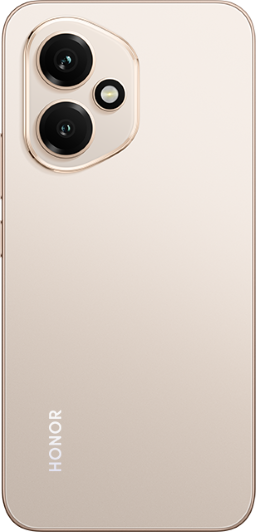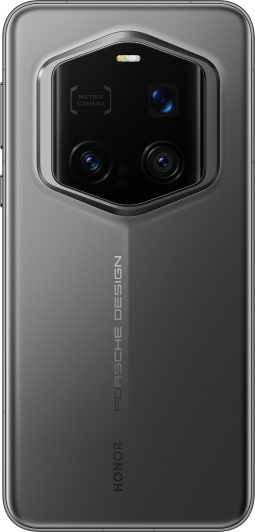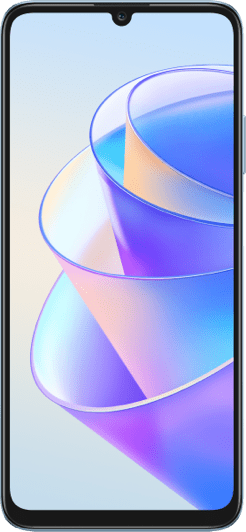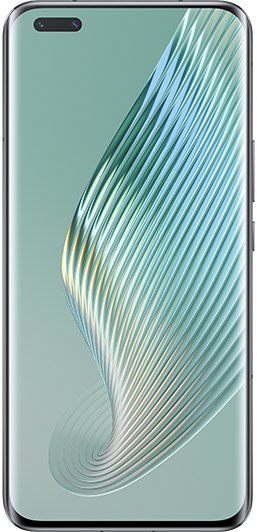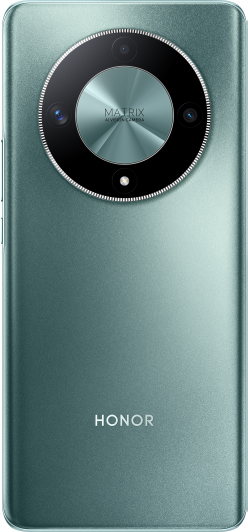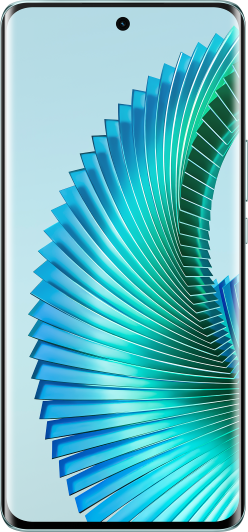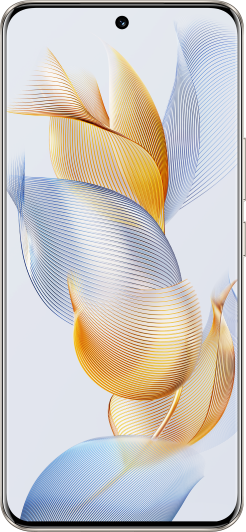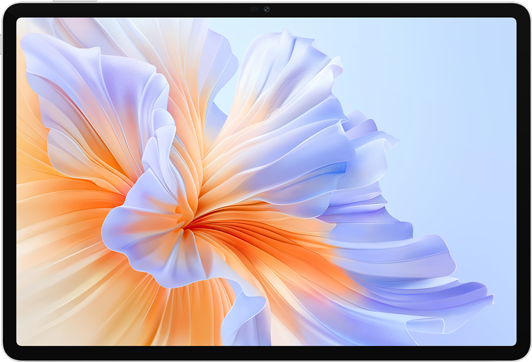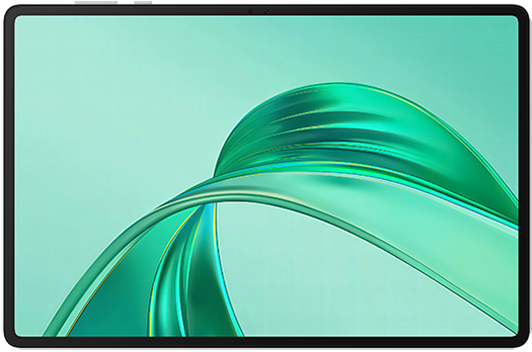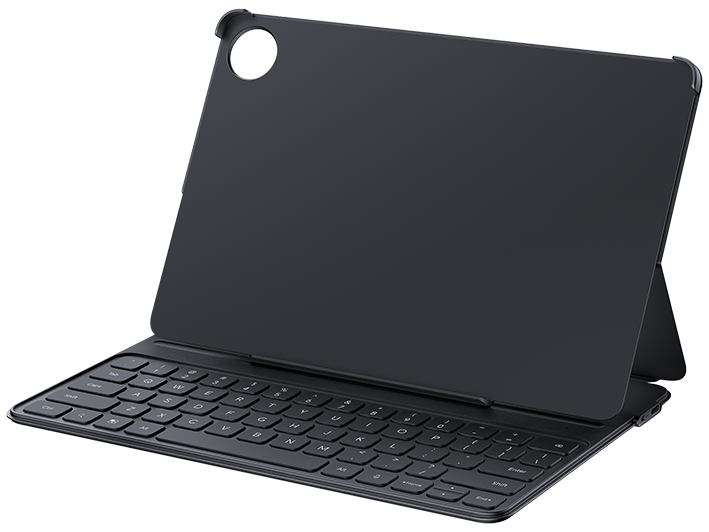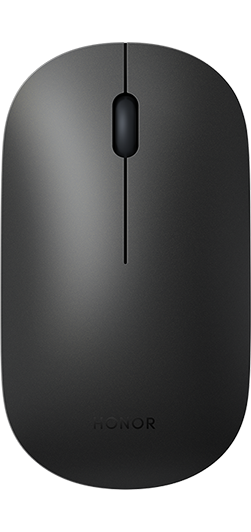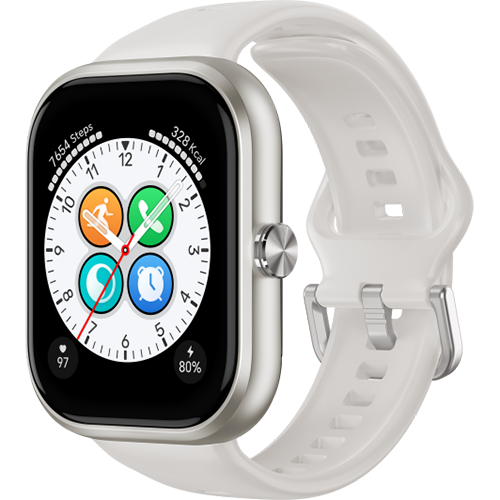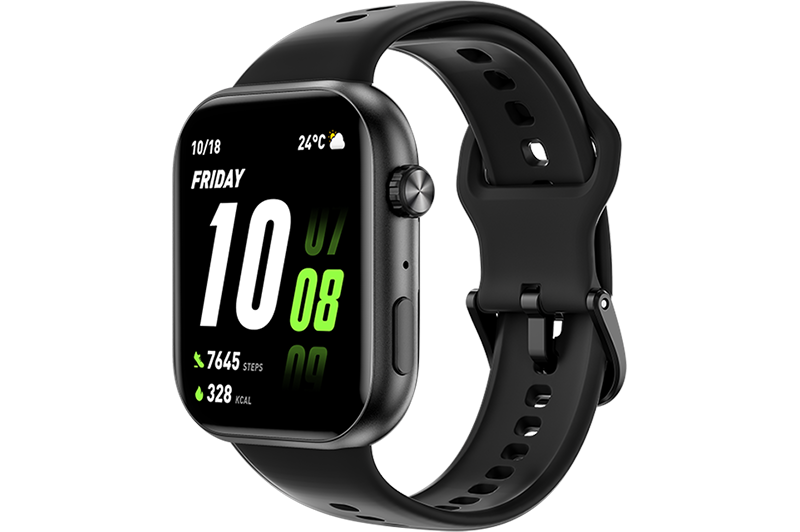TOP

我的荣耀 开启荣耀之旅
To log in to your account, you must first agree to the HONOR PLATFORM TERMS OF USE. If you do not agree, you may only browse the site as a guest.

How to Turn On NFC on Android and Unlock Its Full Potential
Table of Contents
・How to Check If Your Android Phone Has NFC
・How to Turn On NFC on an Android Phone?
・How to Disable NFC on Android?
・How to Use NFC on Android
・Conclusion
・FAQs
NFC, or Near Field Communication, is a powerful technology that enables tap-to-pay, device pairing, and quick data transfers, and it’s rapidly gaining popularity in 2025. Many Android phones are equipped with this feature, allowing users to perform tasks with just a tap. Whether it's paying for a coffee, transferring files, or quickly pairing with Bluetooth devices, NFC can streamline daily activities.
In this blog, we focus on one0020main problem: How to turn on NFC on Android devices. Additionally, we'll explore how to make the most of NFC's capabilities on your phone. Ready to unlock the full potential of NFC? Dive in now!
How to Check If Your Android Phone Has NFC
Before turning to how to enable NFC on Android, you first need to know if your Android phone supports it.
Most modern Android devices come with built-in NFC, but it's always a good idea to verify. Here's how:
● Check the Specifications: The easiest way is to check the phone's official specifications. You can find this on the manufacturer's website or in the user manual. NFC support is typically mentioned under "Connectivity."
● Use the Settings Menu: On your phone, open the "Settings" app, and type "NFC" in the search bar. If NFC is available, you’ll find options for it within the settings. If not, you won’t see any relevant options.
● Look for the NFC Icon: Some phones have a small NFC icon in the quick settings menu, which indicates whether NFC is enabled or disabled. You can check by swiping down the notification bar .
How to Turn On NFC on an Android Phone?
Next, let’s walk through how to switch on NFC in Android.
While many modern phones have NFC enabled by default, some devices require you to manually activate it. Don’t worry, here’s how to turn on NFC in Android phones step by step:
Open the Settings App
How to turn NFC on Android? Start by opening the "Settings" app on your Android device. You can either swipe up from the home screen or tap the gear icon in the app drawer to access it. This will bring you to all the settings for your device.
Navigate to "Connections" or "Wireless & Networks"
Once you’re in the Settings menu, scroll down a bit until you see options like "Connections" or "Wireless & Networks." These sections include settings for Bluetooth, Wi-Fi, and other connectivity features. Look for NFC in this section.
Find the NFC Option
In the "Connections" or "Wireless & Networks" menu, you should see an option called "NFC." If you don’t see it immediately, try searching for "NFC" in the search bar within Settings. This will take you directly to the NFC settings.
Enable NFC
Once you’ve located the NFC setting, tap on it to open the NFC menu. You’ll see a simple toggle switch that lets you turn NFC on or off. How to enable NFC in Android? Flip the switch to "On" to enable NFC functionality.
Confirm NFC is On
After enabling NFC in Android NFC settings, you might notice a small NFC icon appear in your notification bar. Alternatively, your phone might show a confirmation message indicating that NFC is now active and ready for use.
And that’s it. Now you have enabled NFC Android, and you’re ready to use it for tap-to-pay, quick file transfers, and more.
Note: Steps may vary slightly depending on the phone model or Android version .
How to Disable NFC on Android?
While NFC is a handy feature, there are times when you may want to turn it off, such as to conserve battery life or avoid accidental connections. Disabling NFC on Android is just as easy as enabling it.
● Open Settings: Launch the "Settings" app from your home screen.
● Go to Connections or Wireless & Networks: Tap on "Connections" or "Wireless & Networks," depending on your device.
● Disable NFC: Find the "NFC" option and toggle the switch to "Off."
By turning NFC off in the NFC settings in Android, you prevent your phone from unintentionally pairing with other devices or from using NFC-related features, ensuring your phone remains focused on tasks that don’t require it.
How to Use NFC on Android
NFC is a versatile technology that enables tasks like contactless payments, file sharing, and device pairing with just a tap. After turning on NFC on Android, here are some common uses for it.
Contactless Payments
The most popular use for NFC technology is making contactless payments through services like Google Pay. These payment systems use NFC to transmit your payment information securely to the terminal.
Here’s how NFC and contactless payments on Android work: simply unlock your phone, open the payment app, and tap your phone near an NFC-enabled terminal. Your phone will securely transmit the payment information, and the transaction will be processed instantly.
File Sharing
NFC isn’t just for payments—it can also be used to quickly transfer files between two NFC-enabled devices.
To share a photo, video, or document, open the file on your phone, and then bring your phone close to another NFC-enabled device, such as another Android phone. Once the devices are near each other, you’ll get a prompt asking if you want to share the file. Confirm the transfer and the file will be sent in an instant.
NFC makes file sharing a hassle-free process, eliminating the need for Bluetooth or Wi-Fi connections.
Device Pairing
NFC also simplifies the process of pairing your phone with other devices. For example, you can pair your Android phone with Bluetooth headphones, speakers, or smartwatches by simply tapping your phone to the device. This eliminates the need to manually search for devices in the Bluetooth settings or enter pairing codes.
Smart Tags and Automation
Another way to use NFC on your Android phone is with NFC tags. These small, programmable tags can be placed around your home or office to trigger certain actions on your phone. For example, you can place an NFC tag by your front door to automatically turn on Wi-Fi when you tap your phone on it. This makes your phone a powerful tool for simplifying everyday tasks.
Conclusion
How to turn on NFC on Android? As we’ve demonstrated, enabling NFC is quick and easy, unlocking a world of possibilities in just seconds. Once activated, you can seamlessly integrate NFC into your daily routine, whether it's for making secure payments, sharing files, or even controlling access to smart devices or secure areas.
With NFC, your Android phone becomes a more powerful tool for efficiency, convenience, and enhanced functionality, making everyday tasks smoother and more accessible.
FAQs
How do I enable NFC on Android?
Enabling NFC on Android is simple. Open the "Settings" app, navigate to "Connections" or "Wireless & Networks," find the "NFC" option, and toggle it to "On." Steps may vary slightly by device.
How do I know if my Android is NFC enabled?
Check your phone’s specifications on the manufacturer’s website or user manual. Alternatively, search for "NFC" in the Settings app. If no NFC option appears, your phone likely doesn’t support it.
Are all Android phones NFC enabled?
No, not all Android phones have NFC. Most modern mid-range and flagship devices include NFC, but some budget or older models may not. Check your device’s specifications to confirm.
What if NFC is not on my phone?
If your phone doesn’t support NFC, you won’t be able to set up NFC on Android and use NFC-related features like contactless payments or file sharing. However, you can still use alternative methods like QR code payments or Bluetooth for file transfers. Consider upgrading to NFC-enabled HONOR phones if these features are essential for you.
Source: HONOR Club

Subscribe To Our Newsletter - Discover HONOR
Please accept HONOR Platform Privacy Statement.
By entering your WhatsApp number, you agree to receive commercial information on WhatsApp about HONOR products, events, promotions and services. For more details, please see our privacy policy.
Please accept HONOR Platform Privacy Statement.
I agree to receive the latest offers and information on HONOR products, events and services through third-party platforms (Facebook, Google). I may withdraw my consent at any time as indicated in the Privacy Statement.
Contact

Mon-Sat: 09:00 – 18:00. (Except on national holidays).
Third Floor, 136 George St., London, W1H 5LD, United Kingdom.
Copyright © HONOR 2017-2025. All rights reserved.









